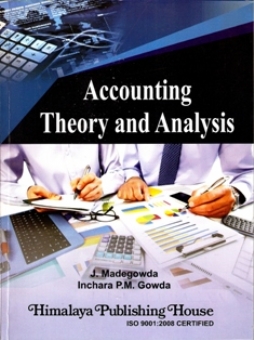Decision Making is a constant as the life goes. At all times of the day, each living being makes the decision of one for type or the other. Decision making cuts across the areas of utilization. It is not required only for business, but in all walks of life at all times. The art and science of collecting, analyzing and using the information (can be called data) is utilized for identifying and solving life problems. The use of data for decision making is the body of statistical thinking.
Business Environment is becoming more and competitive. Operating in this environment is very challenging and data has a very important role in meeting such a challenge. The author himself has been a practicing and understands the rigors of Business Decisions. It is from this experience, arose that the need that to put the data to use in the form of this book. The book has, therefore, been written in the most lucid, easy to understand language and the concepts have been amply Clearfield so as to make their use in daily business improvement exercise easier.
The utilization of statistical concepts is better understood, when these make the job of the decision maker easy. As he is face with complex situations with large data, he has various alternatives and business interests, uppermost in his mind. The use of statistical methods, coupled with a structured approach to solve any problem with greater case. Basing decisions on data can, therefore, be viewed as an effective management strategy formulated through a scientific approach to quality of decisions. For various purposes, lot many comprehensive statistical software are now available and are being improved day by day. These are of further help for the purpose of sound decision making.
The book has been divided into six modules, each dealing with a different concept.
Module 1: It contains six chapters, describing various mathematical concepts, which are so useful in their application for decision making.
Module 2 : It has three chapters for basic statistics, dealing with scope, definitions, central tendency and variations. Elementary knowledge of these concepts is being used later in this book.
Module 3: The concepts of probability, its theory and use of probability distributions have been explaind in this past of the book.
Module 4: It describes the basic concept of Decision Theory including Boyesian Approach for decision improvements.
Module 5: The Module takes care of sampling theory, techniques and the distributions for different situations. The utilization has then been done in estimation and hypothesis testing to find the validity of certain assumptions during decision making.
Module 6: In this module, some important tools of relationship of decision parameters and their utilization for future look into the business have been illustrated. These tools help in keeping business afloat during flow of time and resulting changes in situations.
Contents :
MODULE – I
Chapter 1 Managerial Decision Making
Chapter 2 Matrices
Chapter 3 Functions
Chapter 4 Differentiation
Chapter 5 Fundamentals of Integration
Chapter 6 Ratio and Proportion
MODULE – II
Chapter 7 Business Statistics & Scope
Chapter 8 Measure of Central Tendency
Chapter 9 Dispersion, Skewness And Kurtosis
MODULE – III
Chapter 10 Probability Theory
Chapter 11 Probability Distributions
MODULE – IV
Chapter 12 Decision Theory
MODULE – V
Chapter 13 Sampling Theory and Sampling Distributions
Chapter 14 Estimation and Hypothesis Testing
MODULE – VI
Chapter 15 Index numbers
Chapter 16 Correlation Analysis
Chapter 17 Regression analysis
Chapter 18 Time Series Analysis And Forecasting
Annexure A : List of Important Softwares







